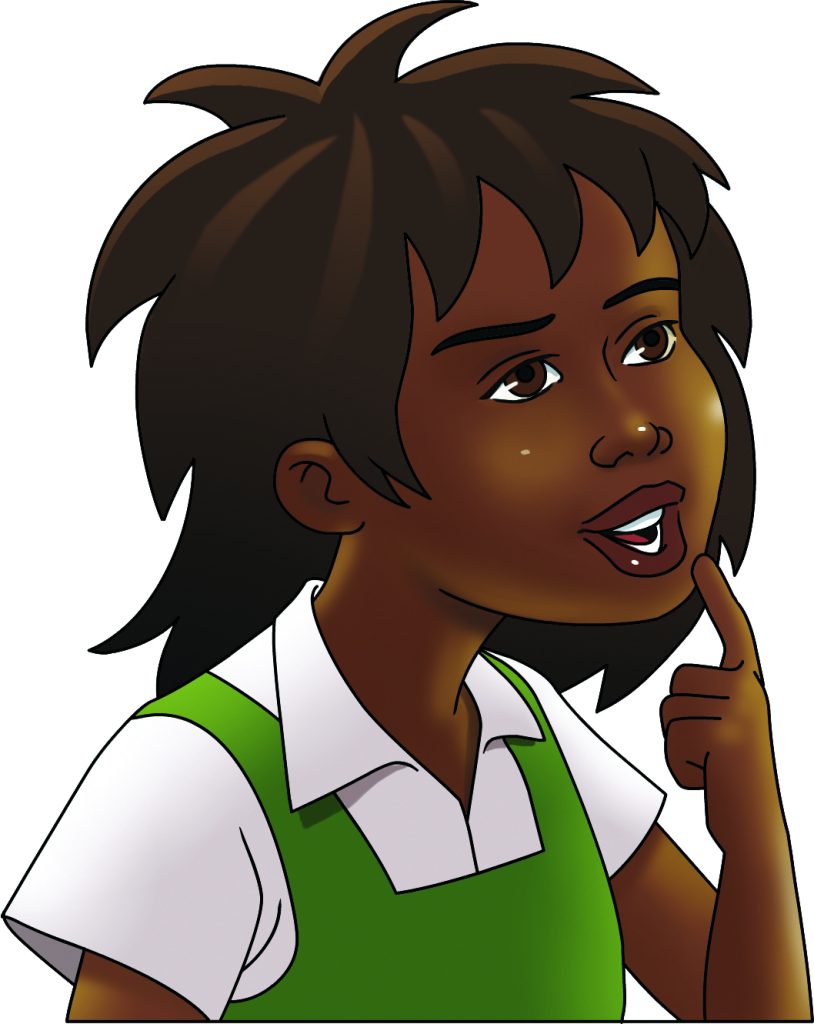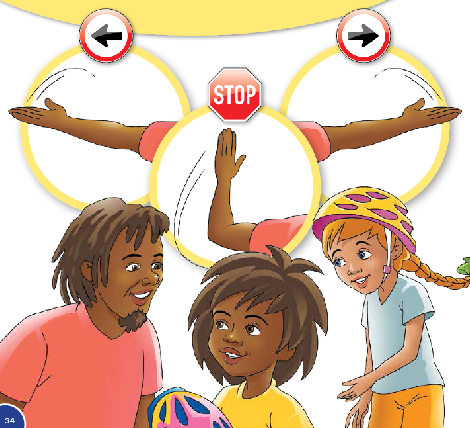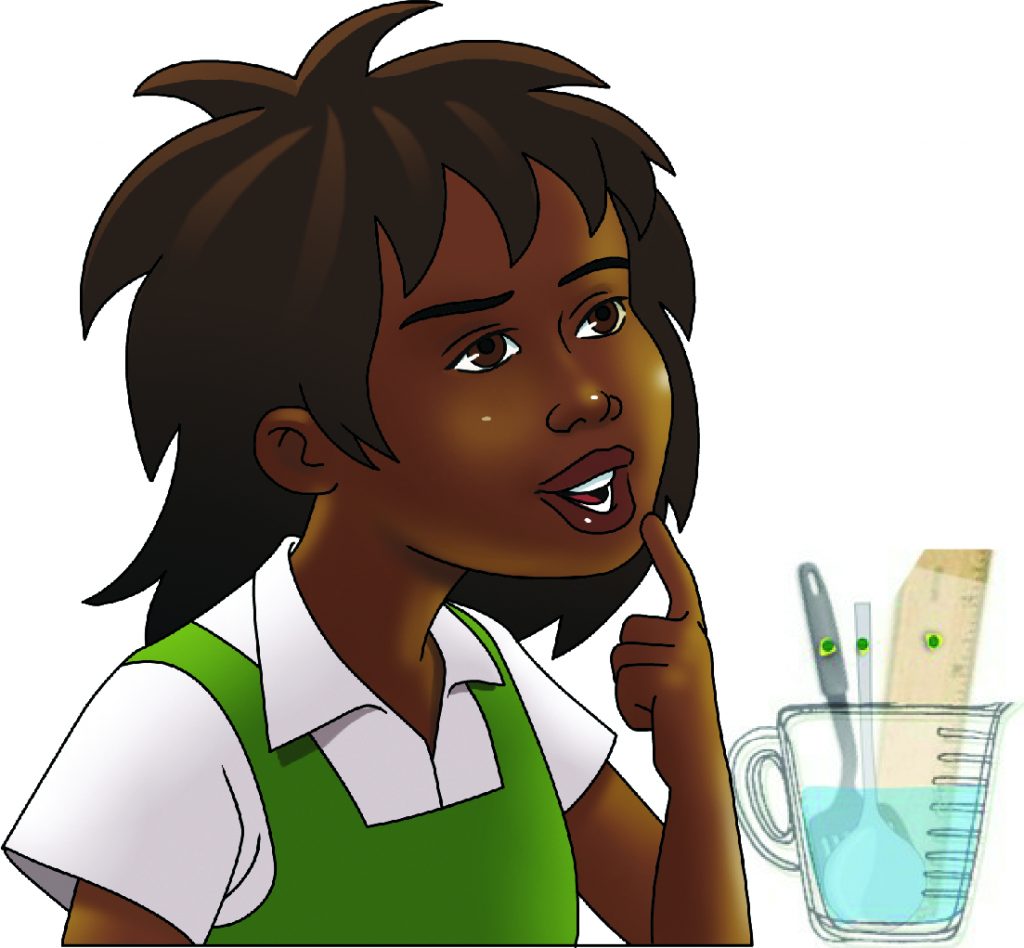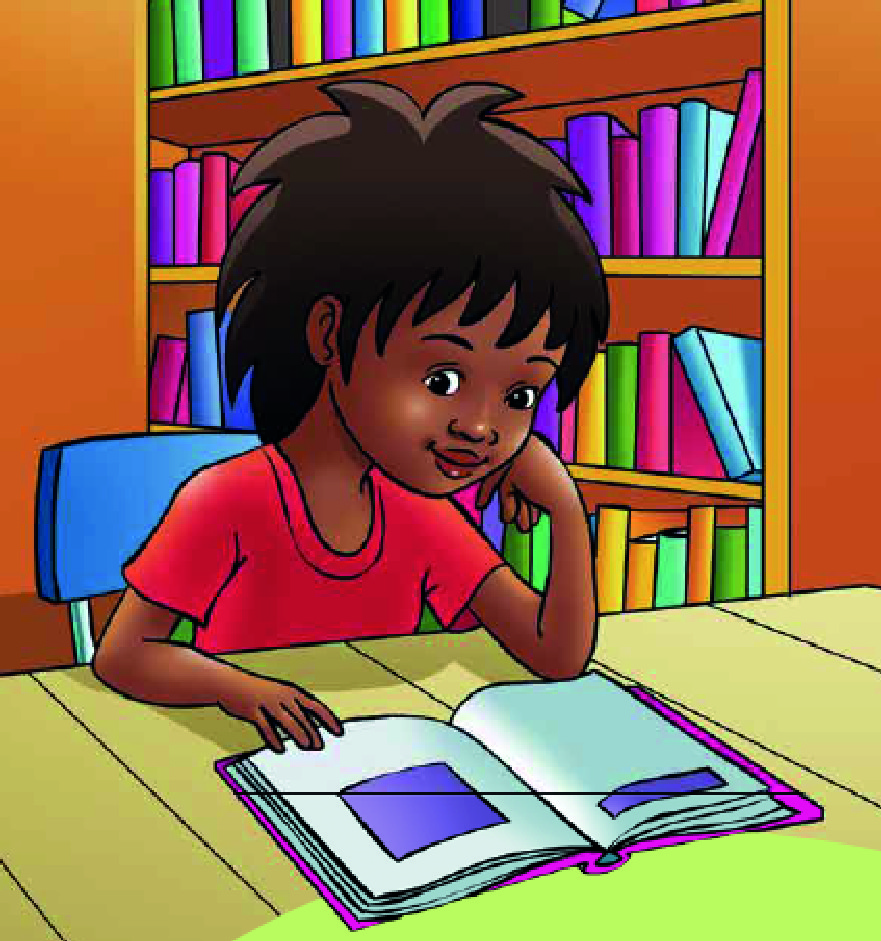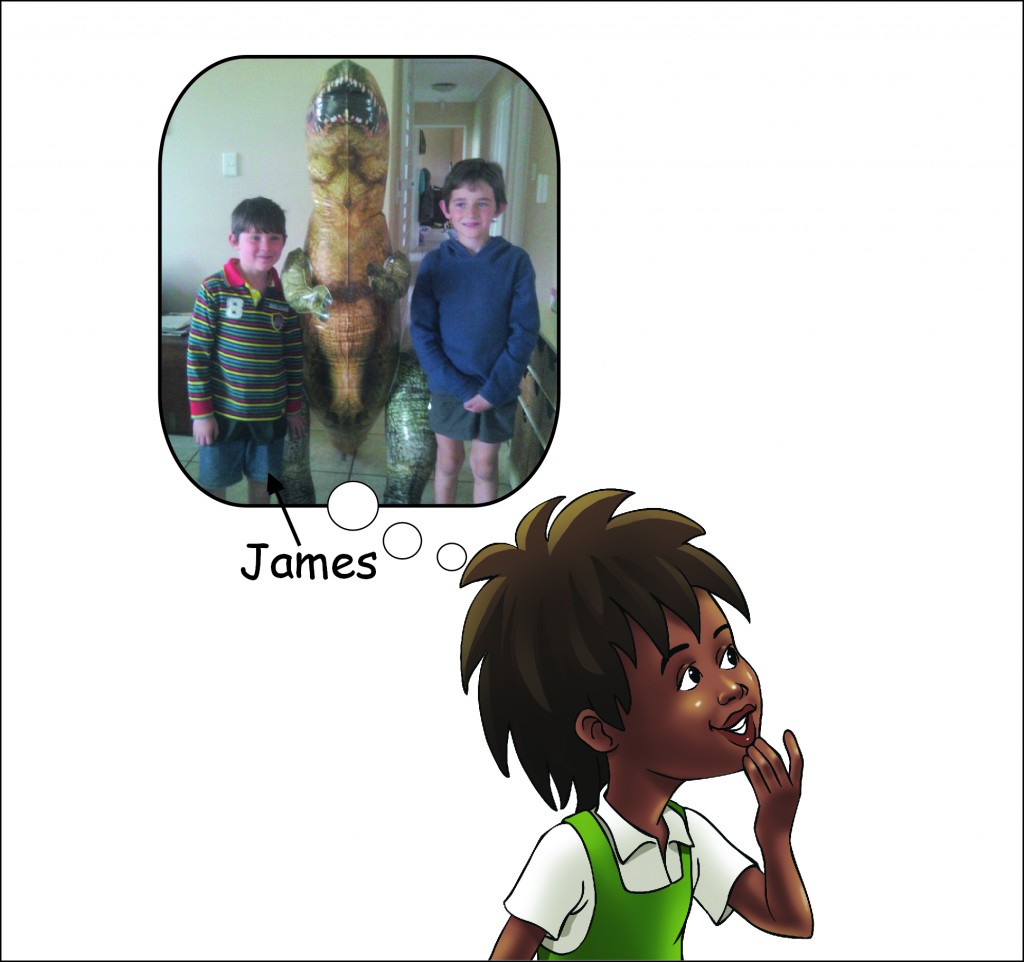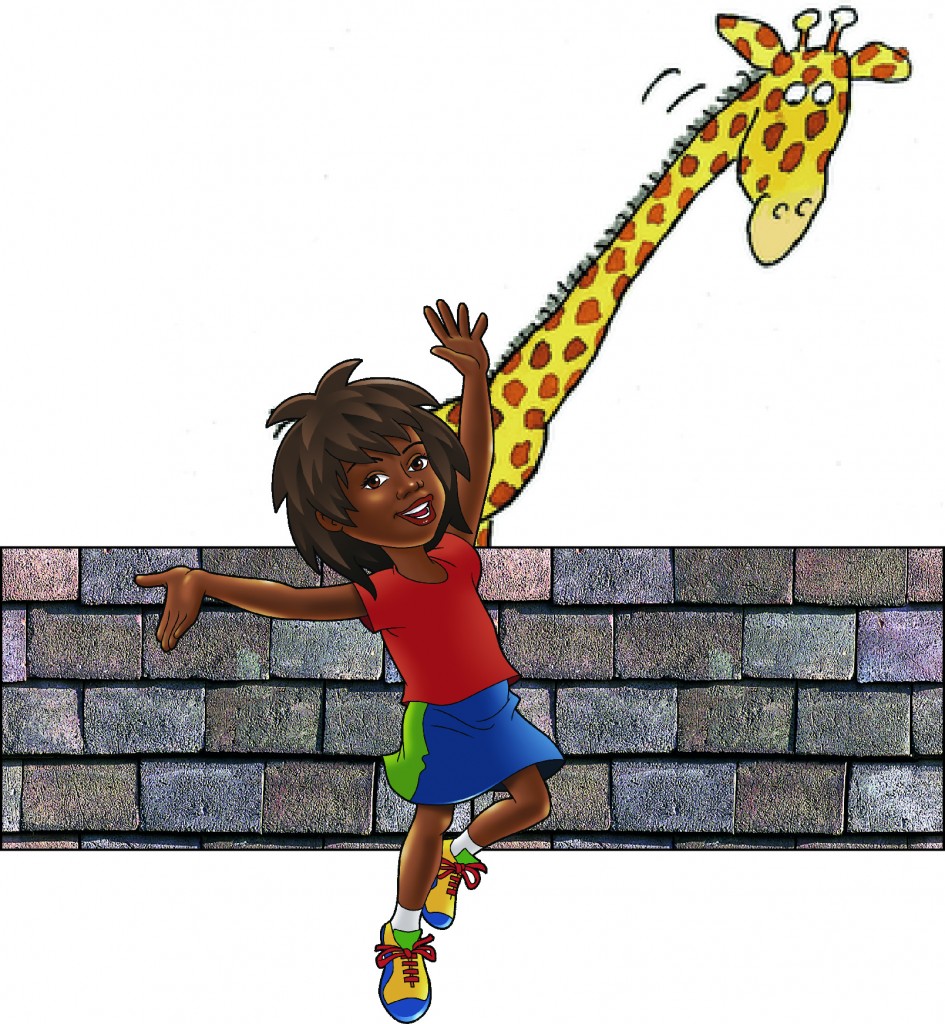
I know this is a tad late but here goes anyway… Happy 2019 Everybody! I hope it is going to be a seriously awesome one for us all.
This is the year we celebrate the ‘The International Year of the Periodic Table’.
According to the powers that be, i.e. UNESCO, the Periodic Table of Elements is “A Common Language for Science” and is one of the most significant achievements in science, capturing the essence not only of chemistry, but also of physics and biology.
The Period System was first discovered by Dmitri Mendeleev in 1869—which makes 2019 the 150th anniversary of the Periodic Table of Chemical Elements.
So… what exactly is this table of elements?
In a nut shell, it’s a grid that organises and names all the elements. Elements are made out of atoms, which are made up of protons, neutrons and electrons. Each element has an atomic number and a name. Some of the elements letters are easy to understand, others not so.
It’s like the alphabet of everything that we can see, touch or smell. In fact, even those we can’t.
For instance, O (number 8) is for oxygen. We can’t see it, smell it or taste it—but it’s there, otherwise we would not be here! Oxygen is vital for all life.
Au (number 79) is for gold – but the Au comes from the Latin name for gold – aurum.
Helium (He – number 2) is the gas that gets used in those fancy floating balloons (which, by the way, are really bad for the environment because often they float away landing up in rivers and oceans causing huge amounts of damage to the environment).
Elements are like the building blocks for all the matter in the world. For example, when hydrogen and oxygen (H2O) are combined the result is water. This is called chemistry.
Fun fact: Hydrogen is the most common element found in the Universe.
We all do chemistry most days without even realising it, for example, if we bake a cake, ingredients are added together to make something new.
And yes! People are obviously made up of elements too. It does not matter where you live either–on earth or mars—the elements are still the same.
To help celebrate this year, we’re making my book “Sibo Mixes Things Up” a free digi-read on the website for January.
Chemistry is cool!

Sibo
PS Want to see how much you know about elements? Try my QUIZ


